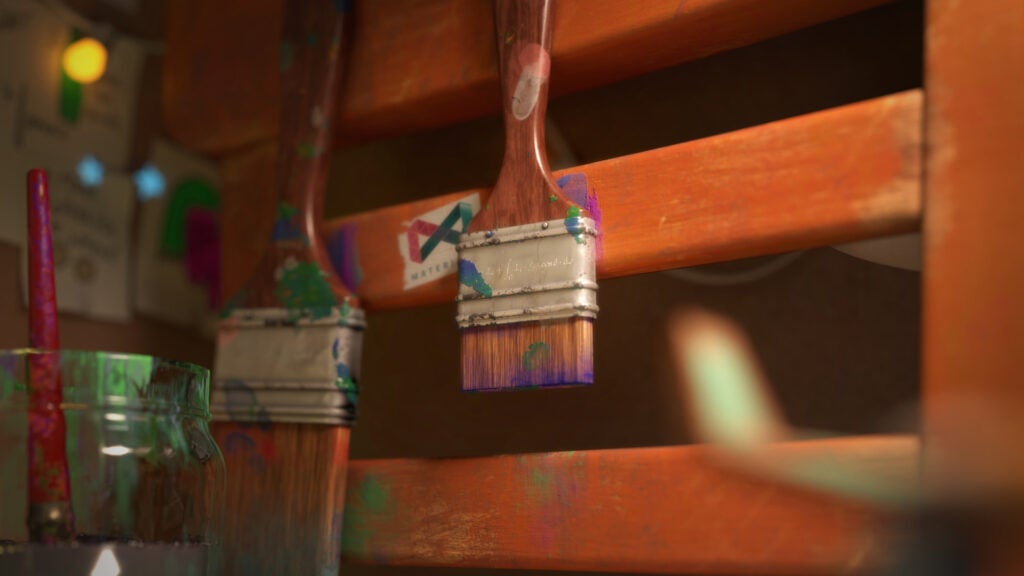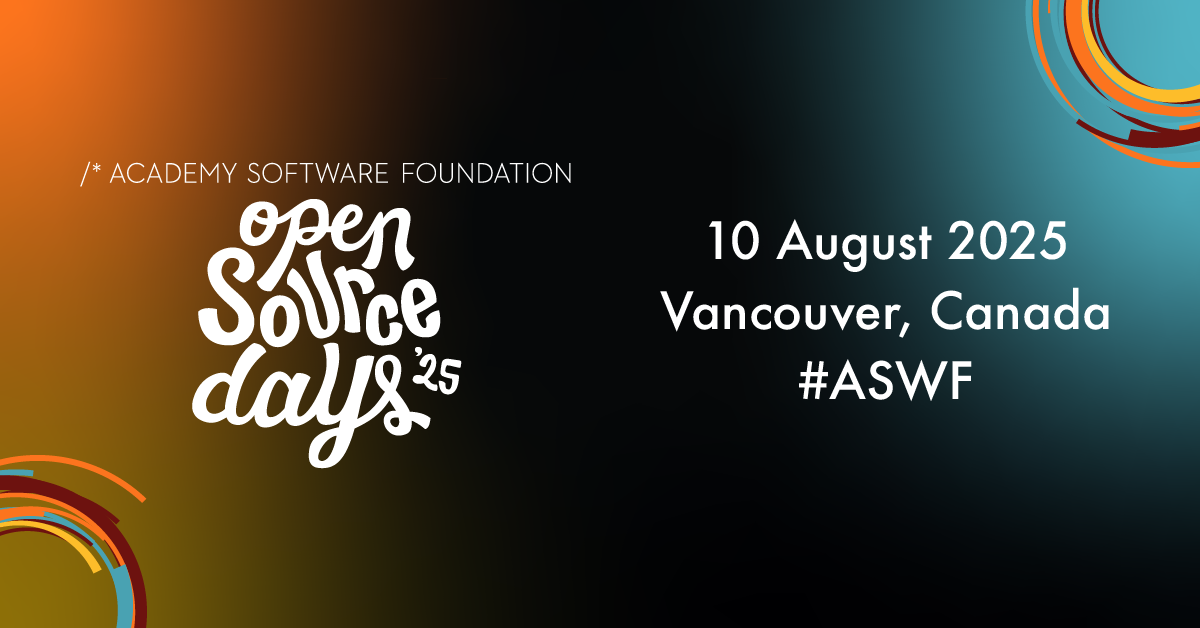
OpenPBR 1.0 is now available on GitHub! OpenPBR, a subproject of MaterialX, provides an artist-friendly new open source shading model to facilitate interchange from one software package to another. This subproject was first announced last year, and is being developed in collaboration with Autodesk and Adobe as the successor to both Autodesk Standard Surface and Adobe Standard Material.
Interchange of CG scene assets has long been an industry-wide challenge, with different renderers and 3D engines each using different shading systems, shading languages, and fixed-function pipelines which are not easily interoperable. Designed as an über-shader, OpenPBR (which stands for Open Physically-Based Rendering) aims to address this problem by serving as an open standard capable of accurately modeling the majority of CG materials found in typical professional visual effects and animation workflows.
By housing OpenPBR within the Academy Software Foundation, software developers and artists from across the industry are able to collaborate and share valuable experiences to ensure that the standard is flexible enough to accommodate the most common professional use cases. Prior to the 1.0 release, the Foundation, Autodesk, and Adobe worked closely with other organizations including NVIDIA, Blender, and ILM to solicit a range of input.
Most significantly, the 1.0 release introduces a reference implementation for OpenPBR that is integrated within MaterialX – meaning that tools in the MaterialX and OpenUSD ecosystem will automatically support OpenPBR, with no need for teams to build their own implementations. More updates are listed in the release notes here.
“The release of OpenPBR 1.0 is an important step forward for open shading models in the industry,” shared Jonathan Stone, Lead Rendering Engineer for Lucasfilm’s Advanced Development Group and Chair of the MaterialX TSC within the Academy Software Foundation. “It’s been a great experience collaborating with Autodesk, Adobe, NVIDIA, and other companies to refine OpenPBR for this new release, and we’re excited to see it become available to the broader community.”
“The roll out of OpenPBR 1.0 marks an exciting milestone, signaling that the specification is production-ready and we can start integrating OpenPBR in our applications. At Autodesk, we are delighted that, in our ongoing collaboration with Adobe and ASWF, OpenPBR has captured the attention of the wider industry with representatives from NVIDIA, Epic Games, ILM, Blender, Chaos Group and many others now actively involved as well. This interest and active participation from many parties is just the starting point for wider adoption of the standard in the industry,” said Frederic Servant, Director of Engineering, Entertainment and Media Solutions, Autodesk.
“We are delighted to see how a tight collaboration between Adobe, Autodesk and the Academy Software Foundation, combined with feedback from many experts, led to a unified material specification that will help artists to share and collaborate with their creations,” added Guido Quaroni, Senior Director of Engineering, 3D&I, Adobe.
“OpenPBR represents a big step forward towards the goal of reliable, seamless interchange of 3D content everywhere using OpenUSD, allowing artists to author materials using a consistent interface across applications. It has been a pleasure to provide feedback during development of the standard and we are excited to provide support for it in NVIDIA Omniverse and expect that developers will quickly adopt OpenPBR as the standard über-shader model” said Anders Langlands, Director of Rendering and Materials for Omniverse, NVIDIA.
To learn more and get involved as a contributor to OpenPBR, join the Academy Software Foundation’s #OpenPBR Slack channel.



